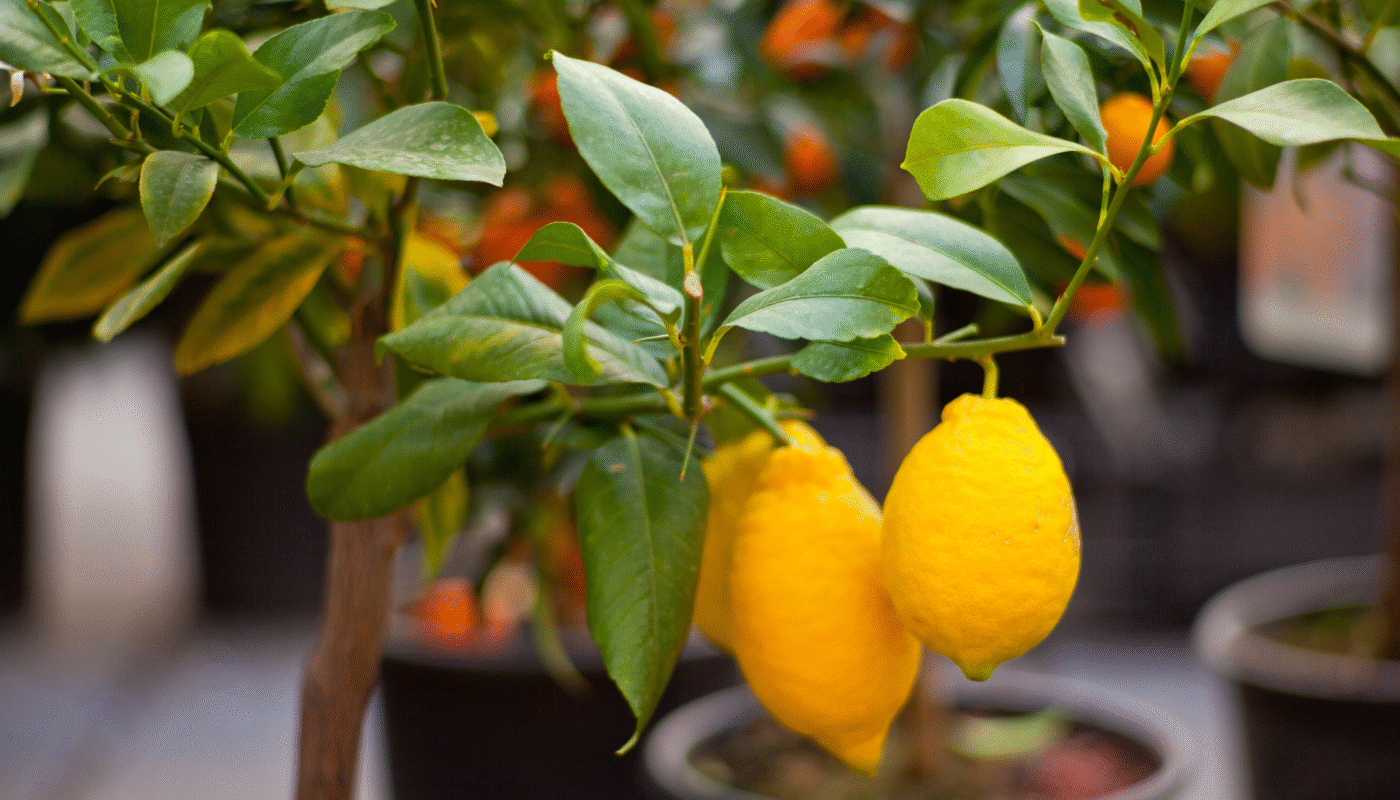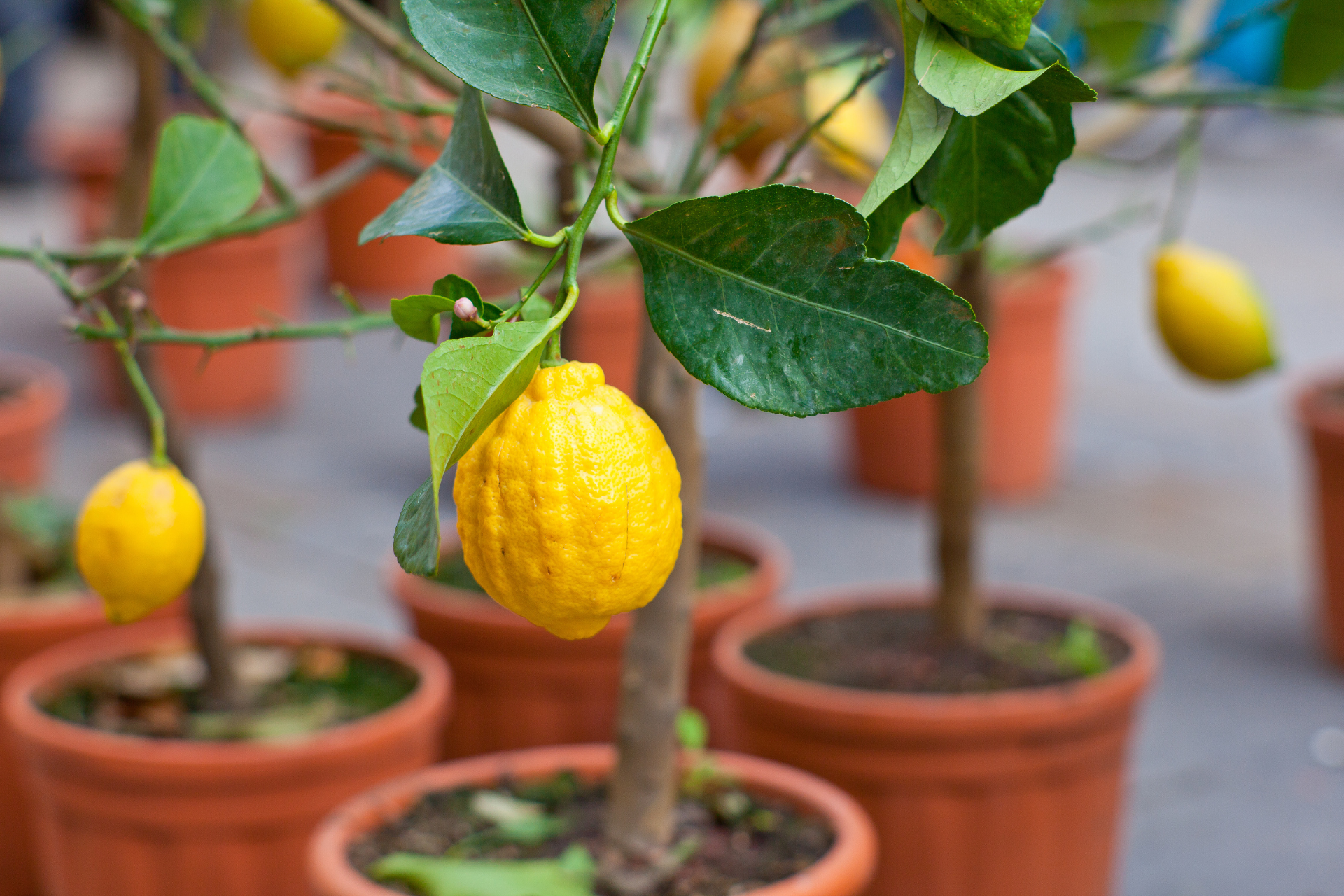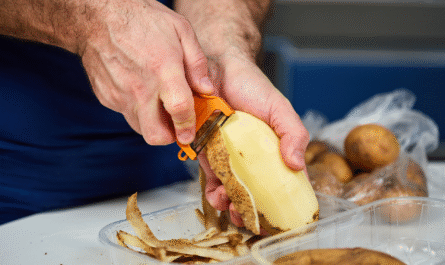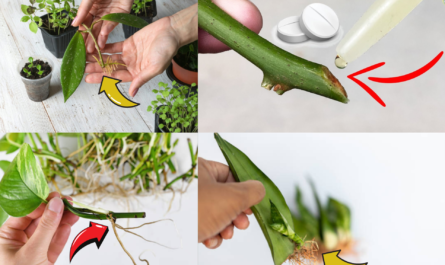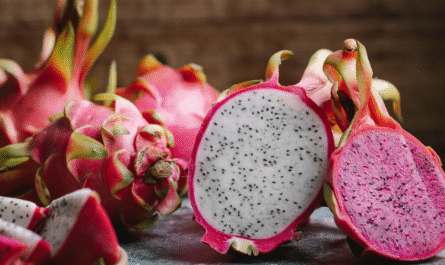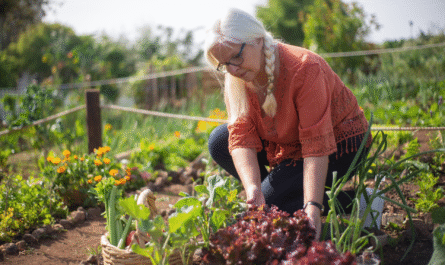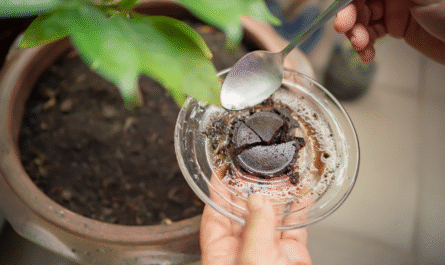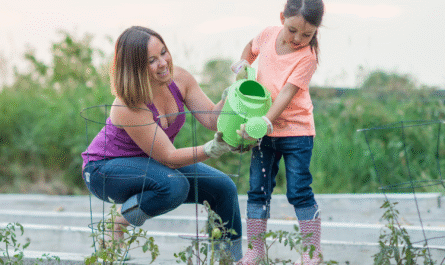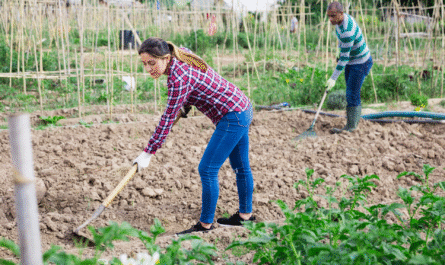When it comes to growing lemon trees, there’s one question I get more than any other: “How often should I water it?” And honestly, it’s a good question, because the right watering schedule can mean the difference between a struggling tree and one that yields baskets of juicy, fragrant lemons.
Let me be clear from the start: there is no one-size-fits-all watering schedule. How often you should water your lemon tree depends on a variety of factors, including the age of the tree, the type of soil, the climate you’re in, whether your tree is in a pot or the ground, and even the time of year. However, over the years, I’ve developed a clear system to guide watering that consistently yields prolific harvests. Here’s everything you need to know.
Understanding Your Lemon Tree’s Water Needs
Lemon trees (Citrus limon) are subtropical plants that love warmth, light, and well-draining soil. What they don’t like is soggy roots. Overwatering is one of the most common mistakes I see, and it leads to root rot, fungal problems, and stunted growth. But underwatering is just as bad; a thirsty tree will drop leaves, dry up its fruit, and enter survival mode.
The key is balance. Your goal is to keep the root zone consistently moist but not saturated.
Watering Young Lemon Trees (0-3 Years Old)
If your lemon tree is young and still establishing roots, it needs more frequent watering. I recommend watering it every 3 to 7 days, depending on the weather and soil. In hot, dry conditions, it may need water every three days. In cooler or more humid weather, once a week might be enough.
Always check the top 2 to 3 inches of soil. If it feels dry to the touch, it’s time to water. Use enough water to moisten the soil down to the root zone, roughly 12 to 18 inches deep. Avoid shallow sprinklings; they only wet the surface and encourage weak root systems.
Watering Mature Lemon Trees (3+ Years Old)
Once your tree is established, you can scale back a bit. Mature lemon trees typically need deep watering every 7 to 14 days, depending on the season. Again, let the soil be your guide. In the summer, your tree will need more frequent watering, especially during fruit development. In winter, it will need much less, particularly if it’s going semi-dormant.
In general, mature trees benefit from deep, infrequent watering. I water mine thoroughly about every 10 days during the growing season, unless there’s rain. I want the water to reach deep into the soil and encourage strong, deep roots.
Potted Lemon Trees
If your lemon tree is in a pot, forget the calendar. Potted trees dry out much faster than those in the ground, and they need closer attention. In summer, I often water my potted lemons every 2 to 3 days. In winter, maybe once a week.
Stick your finger into the soil; if the top inch is dry, it’s time to water. And make sure your pot has good drainage. No matter how carefully you water, poor drainage will kill a lemon tree just as quickly as neglect.
Climate Matters
I grow lemons in a Mediterranean climate, so my watering schedule is tuned for hot summers and mild, wet winters. But if you’re in a tropical, desert, or temperate zone, you’ll need to adjust. High heat and wind can dry out soil quickly, while humid climates may hold moisture longer.
In desert climates, you may need to water young trees every 2 to 3 days in summer. In humid areas, once a week might be enough. Always observe your tree. Wilting leaves, curled edges, or yellowing can be signs of water stress.
The Best Time of Day to Water
Water early in the morning. This gives the tree time to absorb moisture before the heat of the day, and it reduces evaporation. Avoid watering in the evening, especially in cooler months; wet soil overnight can promote fungal diseases.
How Much Water Should You Use?
For trees in the ground, a good rule of thumb is to apply 10 to 15 gallons of water per session for a mature tree, adjusting based on the season and soil drainage. For younger trees, 5 gallons is often enough.
For potted trees, water until it drains out the bottom. This ensures you’re fully saturating the root ball.
Signs You’re Overwatering or Underwatering
Here’s what to look for:
Overwatering:
- Yellowing leaves
- Mushy or moldy roots
- Root rot smell
- Leaves are dropping while still green
- Soggy soil for more than 24 hours
Underwatering:
- Dry, curled, or crispy leaves
- Leaf drop, especially from the bottom up
- Fruit drops before ripening
- Hard, dry soil that pulls away from the sides of the pot
I recommend investing in a soil moisture meter if you’re unsure. It’s one of the simplest tools to prevent watering mistakes.
Mulch Is Your Friend
One trick I swear by is mulching around the base of the tree. I use a 2- to 3-inch layer of organic mulch, wood chips, straw, or compost to retain soil moisture, regulate temperature, and reduce weeds. Just keep it a few inches away from the trunk to avoid rot.
Seasonal Watering Adjustments
- Spring: Water more as the tree wakes up and starts pushing new growth.
- Summer: Peak water demand. Water deeply and often, especially during fruiting.
- Fall: Begin tapering off as temperatures drop and growth slows.
- Winter: Water sparingly, especially if you’re in a region that gets rain. Dormant trees need less moisture.
My Watering Routine (A Week in Summer)
Just to give you a sense of what this looks like in practice, here’s my typical watering schedule for midsummer:
- Monday: Deep water for in-ground trees (10-15 gallons each)
- Tuesday: Check and water potted lemons if needed
- Wednesday: Nothing, unless there’s extreme heat
- Thursday: Light check on moisture levels
- Friday: Water potted lemons again
- Saturday: Deep water in-ground trees if the soil feels dry
- Sunday: Rest day or rainfall buffer
Every few days, I do a finger test on the soil or use my moisture meter. If the soil is dry 2 inches down, it’s watering time.
Final Thoughts
Watering your lemon tree isn’t just a chore; it’s a conversation. Your tree is constantly giving you feedback through its leaves, fruit, and soil. Listen to it. Adjust. And don’t stress about perfection, consistency, and observation matter more than rigid schedules.
With the right watering rhythm, you’ll not only avoid the common pitfalls of over- and underwatering, but you’ll also set your lemon tree up for a generous, flavorful harvest. And when those ripe, golden lemons start dropping into your hands, you’ll know: the watering was worth it.

